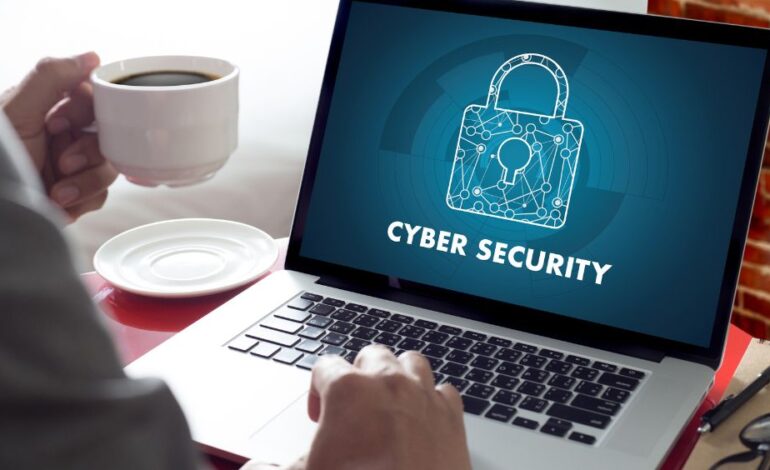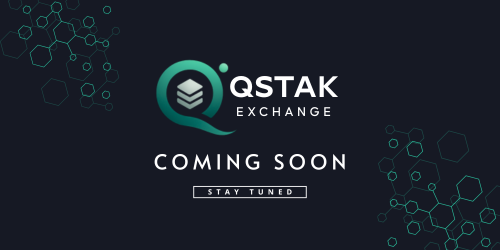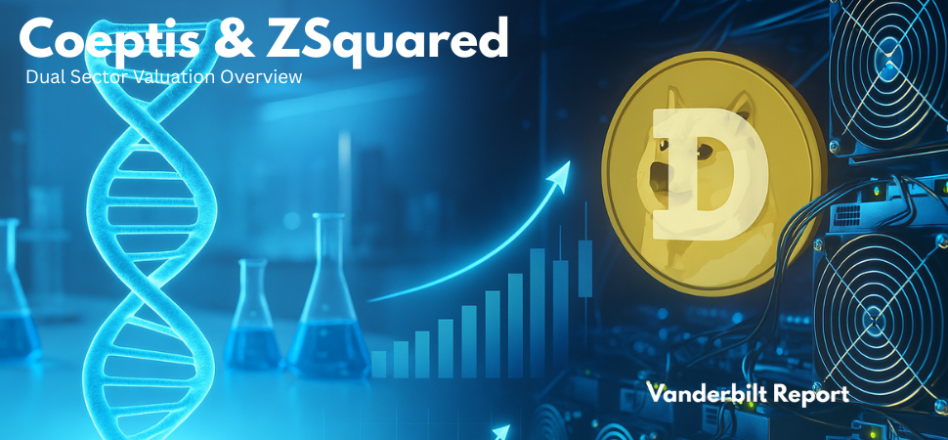Navigating a Complex and Evolving Threats in Cybersecurity

The cybersecurity landscape in 2025 is more complex and dynamic than ever before. As technology advances, so do the tactics, techniques, and motivations of cyber adversaries. Organizations face a rapidly expanding array of threats that are increasingly sophisticated, automated, and disruptive. With critical infrastructure, healthcare, financial systems, and supply chains digitally interconnected, the stakes of cybersecurity failures have escalated dramatically. This article explores the major cybersecurity trends of 2025 and how organizations can adapt to stay ahead in this high-stakes environment.
AI-Driven Malware and Automated Attacks
One of the most significant trends in cybersecurity this year is the pervasive use of artificial intelligence (AI) by attackers. AI-powered malware can mutate in real-time, evading traditional detection systems by adapting its code on the fly. This “living malware” detects sandbox environments and varies behavior to avoid automated defenses. As a result, manual threat hunting is largely obsolete, replaced by AI-enabled anomaly detection to recognize subtle and previously unseen attack vectors.
Zero-day vulnerabilities, exploited by automated tools, represent a critical and urgent threat. Attackers use AI to identify and weaponize unknown flaws faster than vendors can patch. Organizations must leverage equally advanced AI defenses and threat intelligence sharing to counter this evolving threat.
Zero Trust Architecture Becomes the Norm
With traditional perimeter defenses dismantled by cloud adoption, mobile workforces, and IoT proliferation, zero trust security models have become essential. Zero trust enforces strict verification of every user, device, and session, regardless of their network location, rejecting implicit trust.
By 2025, nearly 87% of organizations have implemented zero trust principles, micro-segmentation, and continuous user authentication. These strategies help limit lateral movement inside networks and reduce damage from insider threats or compromised credentials. Zero trust adoption correlates strongly with improved breach detection and containment outcomes.
Quantum Computing Threats and Post-Quantum Cryptography
Though quantum computers are not yet mainstream, their potential to break widely deployed encryption algorithms poses a profound future risk. Nation-states and cybercriminals are stockpiling encrypted data today, hoping to decrypt it once quantum capabilities mature.
In response, organizations are actively preparing for “post-quantum” cryptography: algorithms resistant to quantum attacks. Early adoption and testing of quantum-safe protocols are becoming standard topics in cybersecurity strategy discussions. Those who delay this transition risk massive data breaches when quantum technology finally arrives.
Ransomware-as-a-Service (RaaS) Surge
Ransomware continues to rise in 2025, but with increased sophistication. Ransomware-as-a-Service platforms enable groups to rent attack tools and plugins, lowering barriers for entry and increasing the volume of attacks. The average cost of recovery from such attacks now exceeds $2.7 million, highlighting the immense financial impact.
Organizations have adopted offline backups, segmented networks, and targeted detection tools as primary resilience measures. Cyber insurance markets have grown but demand stronger incident prevention and response readiness.
Edge Computing and 5G Risks
As 5G networks expand and edge computing nodes process more sensitive data, new attack surfaces emerge. These distributed environments often lack robust perimeter defenses and centralized controls, creating vulnerabilities in critical sectors such as healthcare, energy, and supply chains.
Firmware integrity, identity management, and real-time threat detection at the edge are key cybersecurity priorities. Hybrid architectures demand holistic strategies integrating IT and operational technology (OT) security to safeguard infrastructure.
Insider Threats and Supply Chain Vulnerabilities
The hybrid workplace model has expanded insider risk—both accidental and malicious. Users inadvertently expose sensitive data via misconfigured cloud services, while disgruntled insiders may steal intellectual property. Behavioral analytics combined with data loss prevention technologies are increasingly deployed to mitigate these risks.
Supply chain attacks remain a favored tactic of nation-state actors and cybercriminals. By compromising trusted vendors or third-party software, attackers infiltrate multiple organizations simultaneously. Security mandates now require continuous supplier evaluation, breach readiness, and contractual compliance clauses.
Evolving Security Operations with Automation
Security Operations Centers (SOCs) face overwhelming volumes of alerts. Automation and orchestration tools streamline routine incident response, such as IP blocking or host isolation, freeing analysts to focus on sophisticated multi-vector threats. Real-time threat intelligence integration supports proactive defense and faster recovery.
Conclusion
The cybersecurity outlook in 2025 underscores an arms race between increasingly intelligent adversaries and defenders leveraging AI, zero trust, and quantum-resistant cryptography. Organizations must foster a culture of continuous innovation and vigilance, integrating emerging technologies with best practices to secure their digital assets and maintain trust in an uncertain and risky cyber future.








